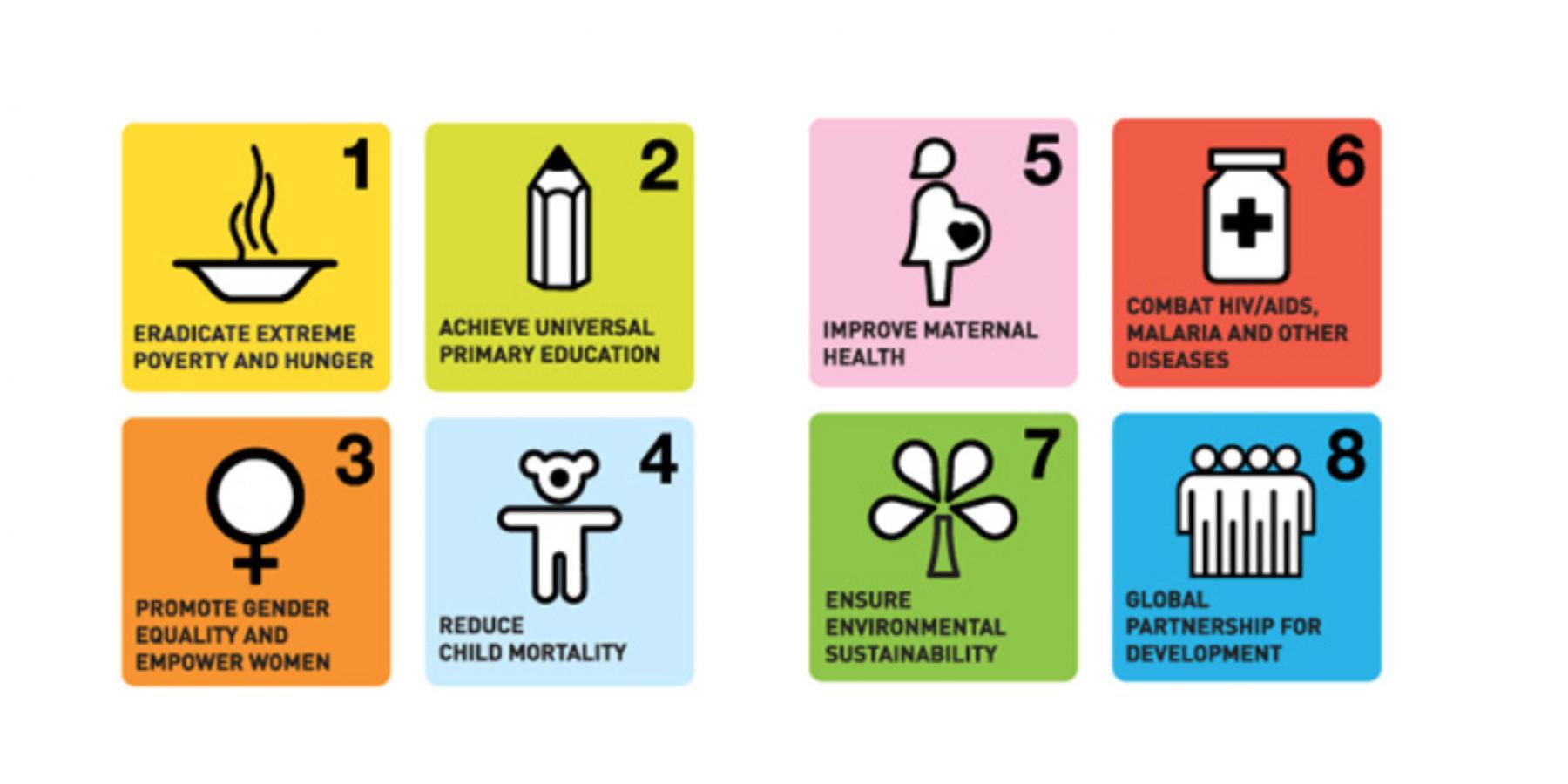
The Millennium Development Goals (MDGs) were established as ambitious targets for improving the lives of people, especially the poorest, all over the world. The progress toward achieving these goals will have deep and long-lasting repercussions, particularly for low- and middle-income countries (LMICs).
Health and development are inextricably linked- one cannot be achieved without the other. As a result, three of the MDGs specifically address health: MDG 4 (reducing child mortality), MDG 5 (improve maternal health), and MDG 6 (combat HIV/AIDS, malaria, and other diseases). However, none of the MDGs make specific mention of the conditions which cause the most death and disability: NCDs. The fact sheet on this page provides insights into how NCDs are related to all eight MDGs, not only the health-related goals.
The omission of NCD indicators in the MDGs has been a barrier to securing donor funding for NCDs. Many donors exclusively fund the health priorities contained within the MDGs despite the fact that NCDs cause 14 million annual deaths under the age of 60 in LMICs. To learn more about our campaign to adddress this gap in donor resource allocation for NCDs, please click here.
The inclusion of NCDs in the final outcome document of the 2010 MDG review summit (20-22 September 2010 at the UN General Assembly) positions NCDs as a key issue for inclusion in the post-2015 development framework, and recognizes NCDs as a core development issue requiring urgent action. To learn more about how the NCD Alliance is taking NCDs forward in the post-2015 process, please click here.